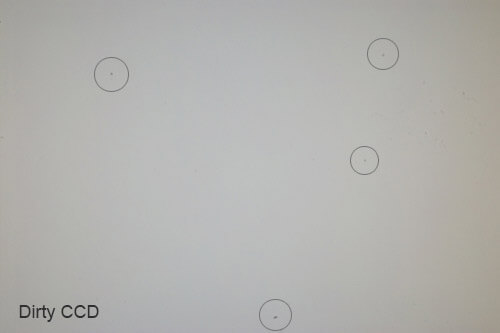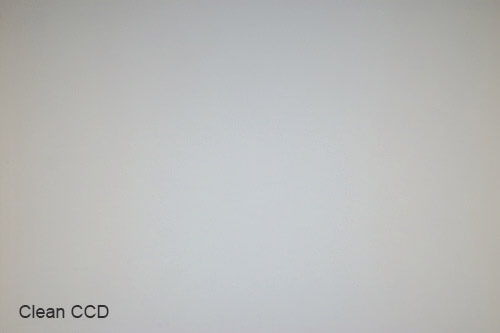Your DSLR camera is a very fine tuned device. It includes a variety of high tech pieces and parts that will need to be properly cared for. In many ways, the camera is designed to help you care for it properly, but you will still need to learn how to maintain both the camera body and any lens that you are using. Without caring or it properly, you could end up damaging the camera or the lens or you could end up with pictures that are imperfect.
The Image Sensor and Dust
Perhaps the number one concern will be learning how to keep the image sensor from garnering dust. This is a problem that has existed for as long as there have been cameras. The only way that you can guarantee that you will not get any dust in the camera sensor would be to only use your camera within a bubble. Obviously, that is not going to happen, so you will need to learn how to manage and deal with the dust.
How does dust get there? Each time you change the lens on your camera, dust will have the potential of getting in the camera body or in the lens itself. When you expose these two mechanisms to air, there is dust or particles in the air.
What problems does dust cause? When dust settles on the camera sensors, it will cause problems with the image. Too much dust will lead to specks or bad pixels throughout the image. If too much dust gets in the camera, it could cause mechanical problems that could be serious enough to keep you from taking pictures.
When does dust cause a problem? If there is a great deal of dust on the sensors, then it could show up anytime you take a picture. However, even a small amount of dust could cause problems at a wide aperture.
Dust can certainly be a problem with a digital camera, and it can take its toll on your digital photography. However, it is inevitable that you will have to deal with dust. There are steps that you can take in order to keep your camera clean and dust free.


Photos by Lauri Rantala
Keeping the Dust at Bay
In order to keep your camera in the best working order, then you will need to know how to keep it dust free. There are quite a few things you can do that range from prevention to dust management. Here are some steps that you will need to take in order to keep your camera dust free.
Avoid dusty areas. If you can, do not photograph in areas that are dusty. If you need to work in a dusty area, then do not change the lens while in that area.
Store your camera in a clean and dust free environment.
Keep your lenses clean. A dusty lens can transfer dust to the camera body. When you get ready to use a lens, you can use a blower brush to get rid of any dust that may be residing on the lens.
Watch out for gravity. Your first instinct when changing a lens will be to hold the camera body facing up. However, this will let gravity do the work of allowing any surface dust to fall into the mirrors and sensors within the camera body. Instead, hold the camera face down when changing lenses.
Watch the wind. If you need to change the lens outdoors, be sure to turn your back to the wind. Always use your body to block the wind if you can since wind can blow a great deal of dust and particles into the camera.
Clean the mirrors. You will need to take the lens off and clean the mirrors of the camera body from time to time. The best tool to use will be a blower bulb.
Do not use compressed air. You may be thinking that you could blow this air into the camera body to clear away dust, but this could actually force more dust into the camera body and damage small working parts of the camera.
Turn the sensor cleaning on. Your camera should have a built in camera sensor cleaning mechanism, but it may not be set to be turned on. Make sure you have it set to clean the sensors when the camera is turned on or turned off.
Clean your camera often. It is better to clean the camera often to avoid dust settling into the body, which could make cleaning harder.
Three Methods of Image Sensor Cleaning
When you get ready to clean the camera’s image sensor, you will need to make sure you do so in the most proper way. That image sensor is absolutely vital to your digital photography and it is fragile. The last thing that you would want to do is damage the image sensor because this could cost you a great deal of money to get it repaired. Just how do you clean the image sensor? There are three different methods that you can use.
Air Cleaning. This is a good way to get rid of fine particles that have settled on the image sensor. You will need to use an air bulb to lightly blow away the dust. Do not use canned or compressed air. It will be too harsh and damaging.
Brushing. You can find a very light and fine brush that often comes with the air bulb. This is a good way to clean away particles that will not blow away with air. Only use a brush that is made to work with a camera.
Liquid. If the camera image sensor has particles that cannot be removed in the other methods, then you can dip a lint free swab in ethanol and lightly brush the image sensor.
If you take proper care of the camera, the image sensor and the lens, you can make sure you take better pictures that do not have bad spots or particle spots that can be distracting and frustrating. Taking proper care of your camera will ensure that your digital photography looks its best and that your camera can last a very long time.
Top image by Claudio Matsuoka
